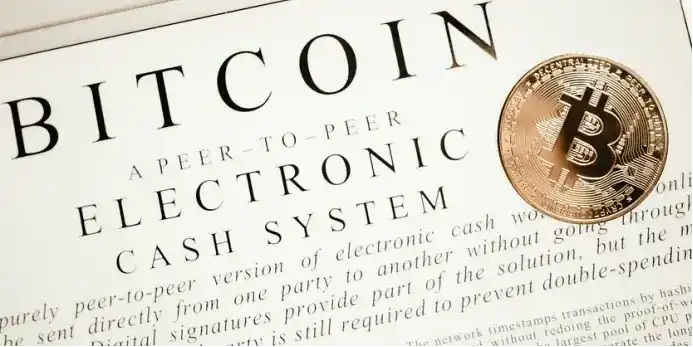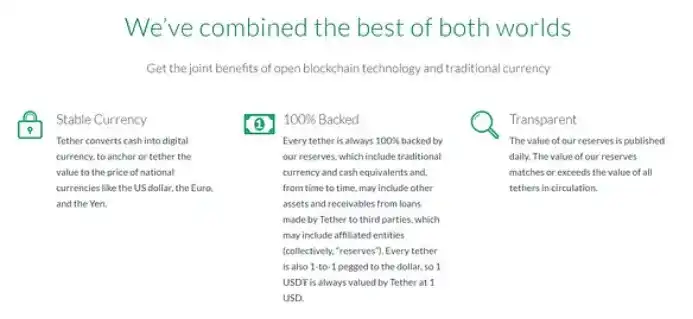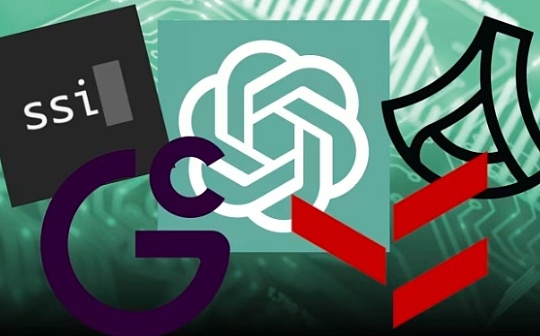Revealing the history of Tether's fortune: crypto giants growing from doubts and crises

Reprinted from panewslab
03/10/2025·2MOriginal author: Rukawa Kaede
Original translation: Lyric, ChainCatcher
Author Zeke Faux, due to his keen interest in cryptocurrencies, delved into and investigated Tether (USDT), and finally wrote this book (Number Go Up), revealing in detail the manipulation behind Tether and its impact on the crypto market. The key points of this article mainly revolve around Giancarlo Devasini's rise in the global crypto market by operating the Tether stablecoin USDT. Although Tether initially promised to support it with a 1:1 US dollar reserve, it has been frequently questioned by regulatory authorities due to opaque capital flows, frequent additional issuances, and experiences hacking incidents and mysterious fund operations. It has become an illegal fund transfer tool in Southeast Asia. However, it is still promoting projects such as the Bitcoin bond program to continuously expand its business territory.
In January 2021, when COVID-19 swept the world, the crypto market boom began. This article will uncover the complex financial operation and regulatory dilemma behind the stablecoin Tether (USDT), including Tether's senior management and capital flow, especially the background and operational methods of Giancarlo Devasini, one of its actual controllers, to present a little-known financial experiment.
The Origin and Development of Tether
The project originally conceived by Brock Pierce and named "Real Coin" was later joined forces with offshore exchange Bitfinex to launch Tether in 2013, focusing on a stablecoin model with 1:1 US dollar reserves. However, since its inception, Tether has been questioned for its operating model: With global regulation not yet perfect, its capital flows and asset reserve issues have always been secret and complex. Tether not only provides key liquidity support to the exchange, but also plays the "last life-saving straw" in extreme market volatility, but the bank relationship and fund management behind it are full of questions.
Giancarlo Devasini: From Plastic Surgery to Encrypted Cellphones

Born in Turin, Italy in 1964, Giancarlo Devasini is richer than Piero Ferrari. He even surpasses Piero Ferrari, vice president of luxury sports car companies and son of Enzo Ferrari, with a net worth of approximately US$9.2 billion.
Giancarlo Devasini, the core character of Tether, has experienced ups and downs in his personal experience. Born in Turin, Italy in 1964, Devasini worked in plastic surgery in her early years, and later switched to the fields of electronic product import and software reselling, and even involved pirated software transactions. It is reported that with his extremely adventurous spirit and non-traditional business methods, he quickly rose in the business world, with a net worth of approximately US$9.2 billion, and his wealth once surpassed the senior executives of well-known luxury car companies.

Bitcoin: A Peer-to-Peer Electronic Cash System www.bitcoin.org
After contacting the Bitcoin white paper, Devasini saw the huge potential of the crypto world, then invested in Bitfinex and gradually intervened in Tether's business, and finally controlled about 40% of Tether's equity through acquisitions and strategic layout. His background and operational methods laid the groundwork for Tether's business model and risk control.
**Operation in the Storm: Hackers, Banking Crisis and Funding
Mysteries**
In 2016, Bitfinex suffered the largest hacker attack in history, with about 119,800 Bitcoins stolen, causing huge losses to assets. Faced with the crisis, Bitfinex took a unified deduction measure of 36% of the account and made up for user losses by issuing debt tokens BFX. The investigation pointed out that in this incident, the intricate capital flows between Tether and Bitfinex have caused greater doubts about the real reserve capacity of USDT.
At the same time, Tether also faces severe challenges in fund management. In 2017, the company deposited funds in several banks in Taiwan and other regions, but due to intermediary banks' concerns about crypto business, many banks successively interrupted cooperation, resulting in the funds being stranded. Even with bank accounts frozen and capital flows hindered, Tether still issued a large amount of USDT on Bitcoin Omni Layer, a practice that further questioned the authenticity of its 1:1 reserves.
Court archives and regulatory investigations show that Tether itself has admitted that it is unable to use the traditional banking system normally, and the hidden fund operation model behind it is more like a "wealth game", using the randomly issued USDT to conduct large-scale asset scheduling in the market, thus manipulating the price of Bitcoin to a certain extent.
Regulatory Investigation and Reservation Movement
In 2019, the New York State Attorney General found that there were a large amount of funding complementary operations between Bitfinex and Tether when investigating funding transactions between Bitfinex and Tether. Bitfinex once quietly misappropriated Tether's reserves due to a customer withdrawal gap, and Tether's official website immediately deleted the promise of "1:1 USD reserve support".

Tether\'s website changes at the time sparked new concerns about the company\'s reserve policy
Since then, Tether has reached settlements and fines with the New York State and the U.S. Commodity Futures Trading Commission, paying $18.5 million and $42.5 million respectively, highlighting that its operating model has always been on the edge of regulation.
Additionally, reports show that Tether deposited about a quarter of its funds (about $15 billion) at Deltec Trust, while it allegedly held up to $113 billion in U.S. Treasury bonds. This series of operations not only provides Tether with flexibility in funding scheduling, but also allows it to play a unique role in the global financial system.
Southeast Asian market and global capital flow
Globally, USDT has become the settlement basis for many trading platforms and DeFi protocols. The investigation revealed that in Southeast Asia, USDT is widely used in illegal activities such as money laundering, fraud, drug transactions and even human trafficking. Its convenient cross-border transfer characteristics provide criminals with low-threshold regulatory tools for funds to evade supervision. In the Taiwan market, the trading pair between USDT and the New Taiwan Dollar (TWD) is absolutely dominant, showing an irreplaceable position of stablecoins in global crypto asset trading.
At the same time, although there have been many bankruptcies in the currency circle, such as FTX, Celsius, BlockFi, etc., USDT has always maintained strong market liquidity and usage needs, stabilizing its core position in the entire crypto ecosystem.
Capital Operation and Future Layout
Giancarlo Devasini does not seem to have retreated from the storm amid a violent volatility in the crypto market. In November 2022, he appeared in El Salvador to take a photo with President Naibu Bukler, and it was reported that he was planning a billion-dollar "Volcano Bonds" program, aiming to further integrate global capital with the help of Bitcoin assets. This move not only shows its confidence in the market's future, but also exposes Tether's business ambition to obtain excess returns through diversified operations.

At the same time, Tether's special status in the global financial system and the delicate relationship between the US government has gradually emerged. On the one hand, Tether provides financial support for the US government to maintain the circulation of the US dollar in developing countries; on the other hand, its huge US Treasury bond position is also regarded as an important asset to support the US dollar system. It is this dual identity that makes Tether continue to expand its market share and also becomes the focus of disputes and regulatory oversight among all parties.
Tether's global impact and concerns
Tether and his trader Giancarlo Devasini play an important and controversial role in the global crypto market. From the initial 1:1 reserve commitment to the complex and changing capital operation model today, Tether not only challenges the boundaries of traditional financial regulation, but also becomes a "invisible promoter" in the operation of the global dollar system to some extent. In this market full of high risks and high returns, Devasini's figure makes people wonder: Is he saving the entire industry or is he constantly manipulating a huge and dangerous capital game just to satisfy his personal greed?
In the future, how the crypto market can find a balance between regulation and innovation, and how Tether and USDT will step out of this gray area are still a difficult question that the industry and regulatory authorities need to answer urgently.



 chaincatcher
chaincatcher
 jinse
jinse